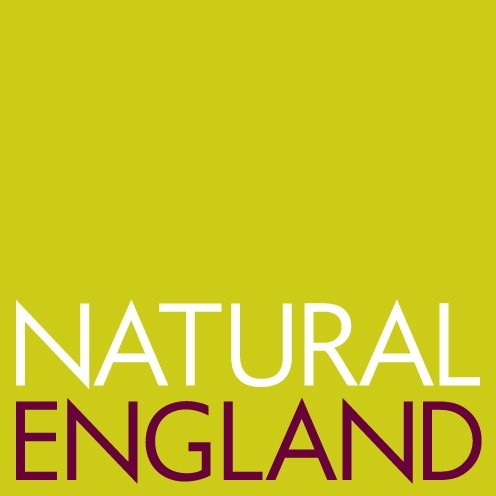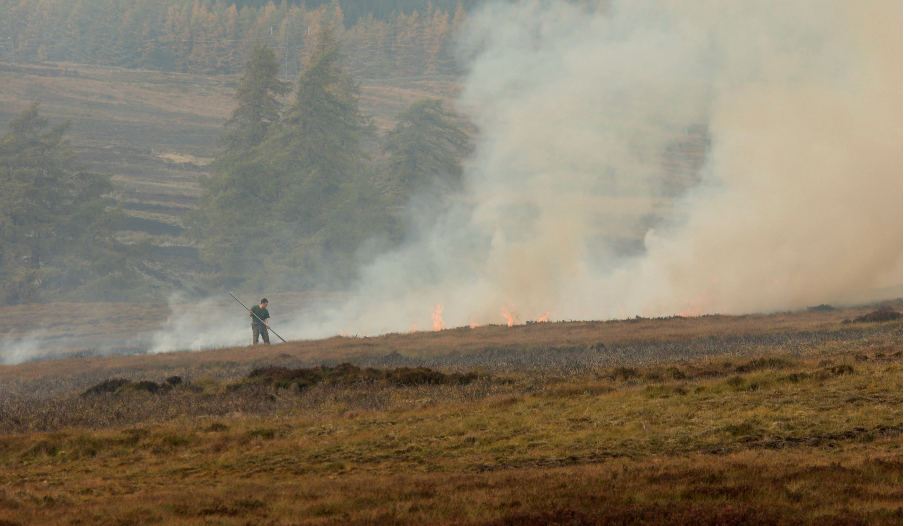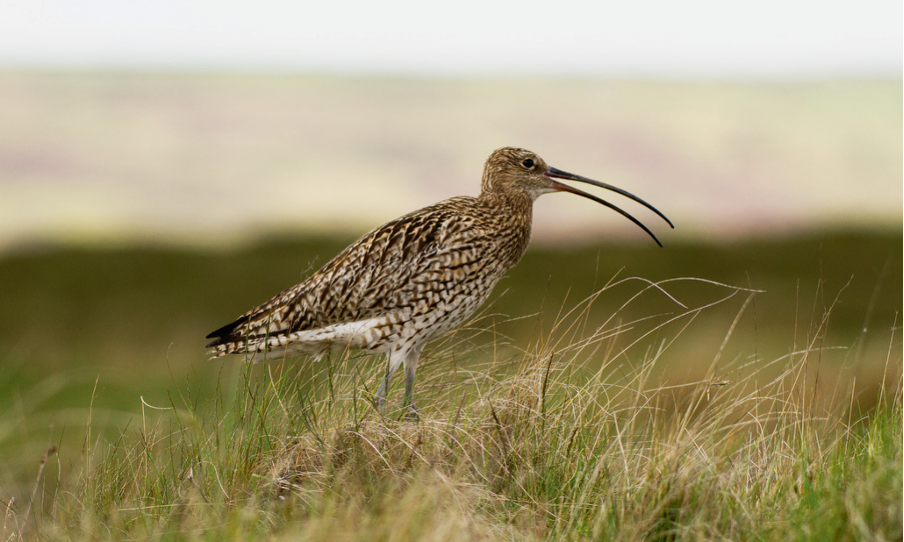News
Non-native species increase
Species such as the Egyptian goose are predicted to increase in number and have the potential to disrupt local habitats unless action is taken to prevent them becoming established, according to Natural England (NE)
Would you like to appear on our site? We offer sponsored articles and advertising to put you in front of our readers. Find out more.
NEs new report, Horizon Scanning for New Invasive Non-Native Animal Species in England, was published on 22 May and identifies the potential for a number of non-native animal species to increase in number in England and become invasive. NE is hoping to identify potential problem species, so that early action can be taken to prevent their spread.
It is no exaggeration to say that our native wildlife is increasingly exposed to its own particular form of globalisation as non-native species gain a greater foothold, explained Poul Christensen, acting chairman of NE. He added: Non-native invasive species compete for food and habitat and sometimes carry viruses which our native wildlife often cannot fight off. This report highlights that new arrivals and the steady expansion of non-native species could have signifi cant impacts on native wildlife, disrupting the normal functioning of natural environment.
Related articles
News
Hit pause on flawed rollout, urges BASC
BASC calls for delay to the Scottish government’s muirburn licensing scheme amid concerns from practitioners over the code’s workability.
By Time Well Spent
News
More power to police for tackling poachers
Following countryside organisations’ campaigning, penalties for illegal coursing have increased, with average fines up from £360 to £6,000
By Time Well Spent
Manage Consent
To provide the best experiences, we use technologies like cookies to store and/or access device information. Consenting to these technologies will allow us to process data such as browsing behavior or unique IDs on this site. Not consenting or withdrawing consent, may adversely affect certain features and functions.
Functional Always active
The technical storage or access is strictly necessary for the legitimate purpose of enabling the use of a specific service explicitly requested by the subscriber or user, or for the sole purpose of carrying out the transmission of a communication over an electronic communications network.
Preferences
The technical storage or access is necessary for the legitimate purpose of storing preferences that are not requested by the subscriber or user.
Statistics
The technical storage or access that is used exclusively for statistical purposes.
The technical storage or access that is used exclusively for anonymous statistical purposes. Without a subpoena, voluntary compliance on the part of your Internet Service Provider, or additional records from a third party, information stored or retrieved for this purpose alone cannot usually be used to identify you.
Marketing
The technical storage or access is required to create user profiles to send advertising, or to track the user on a website or across several websites for similar marketing purposes.



